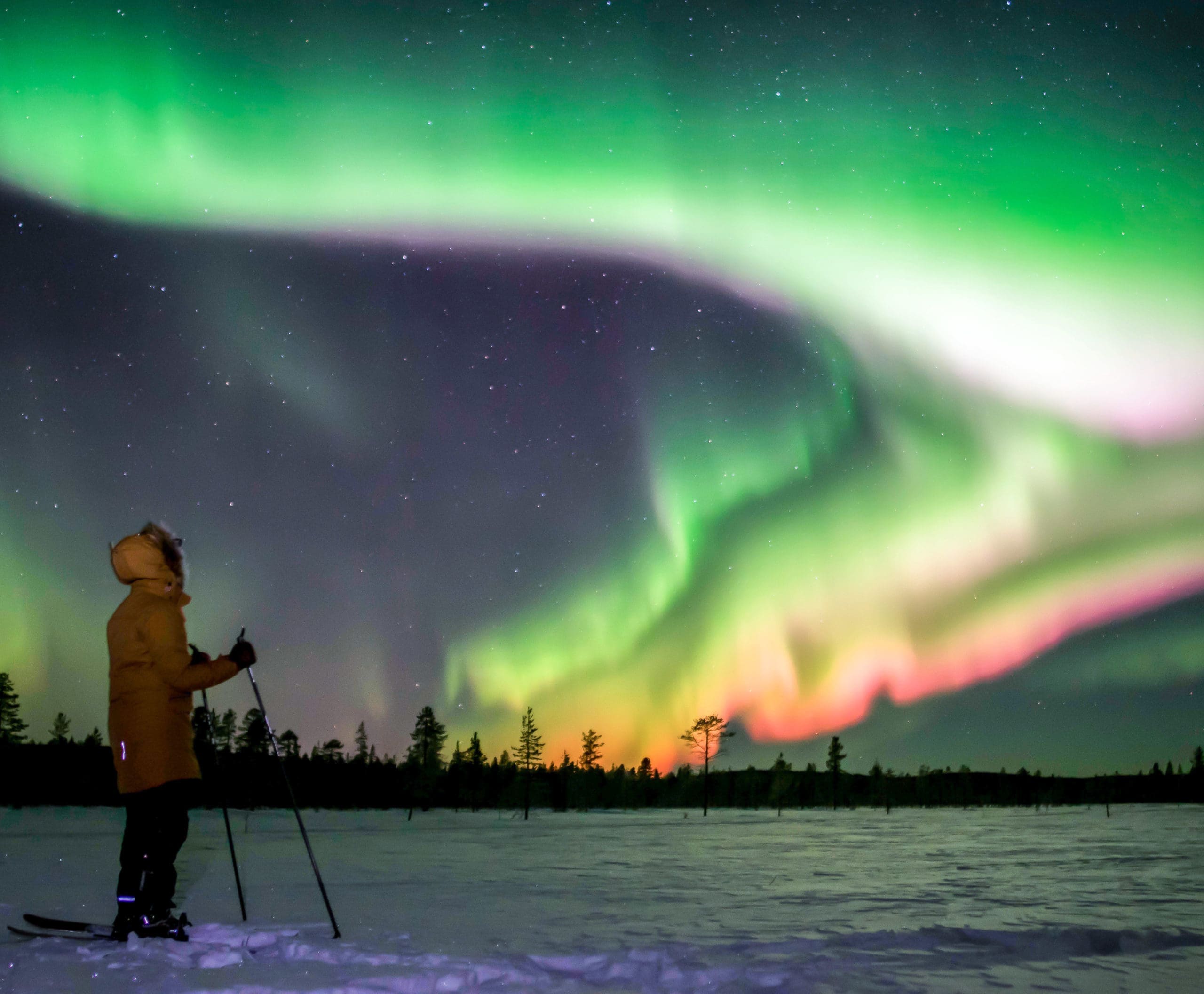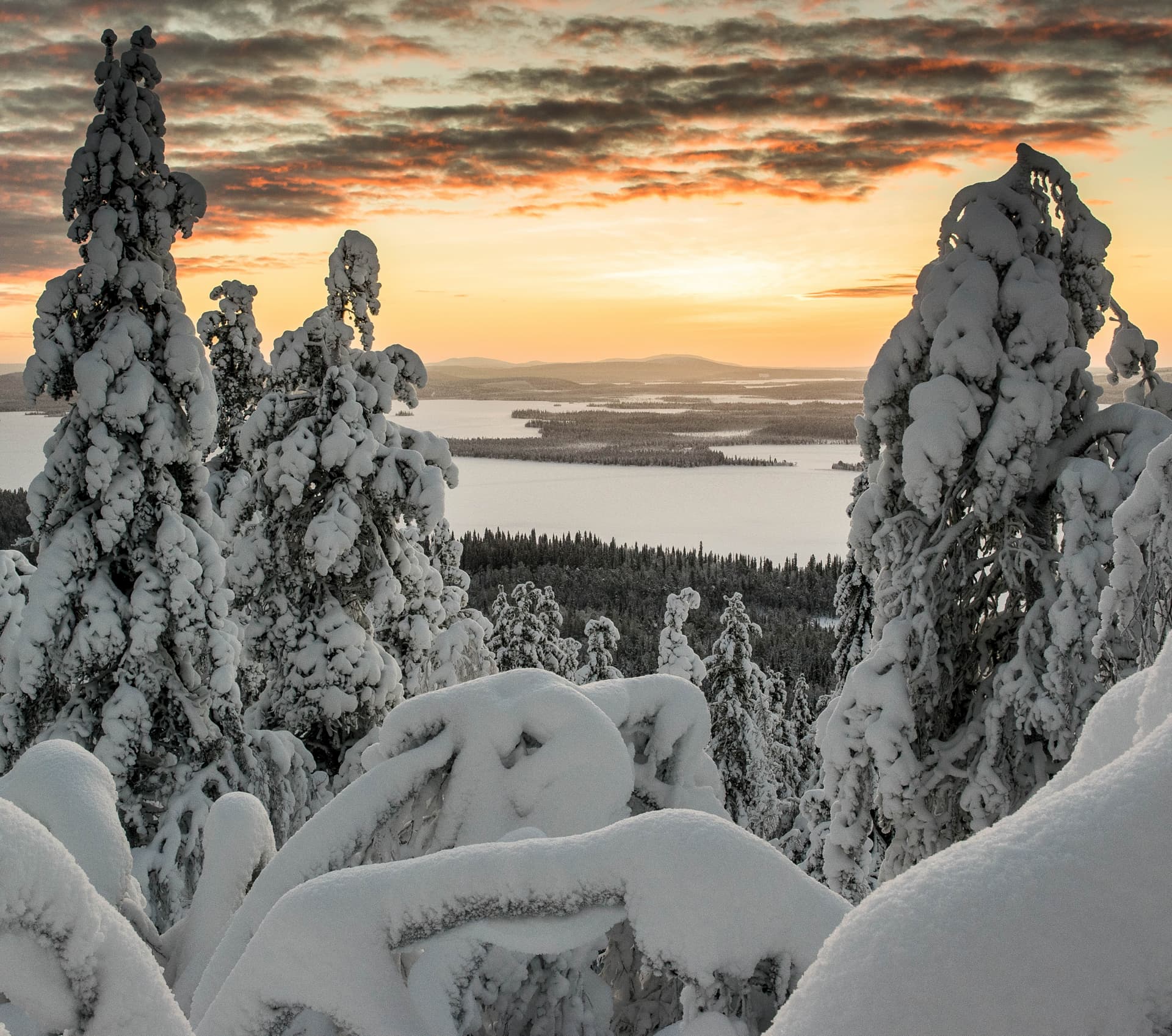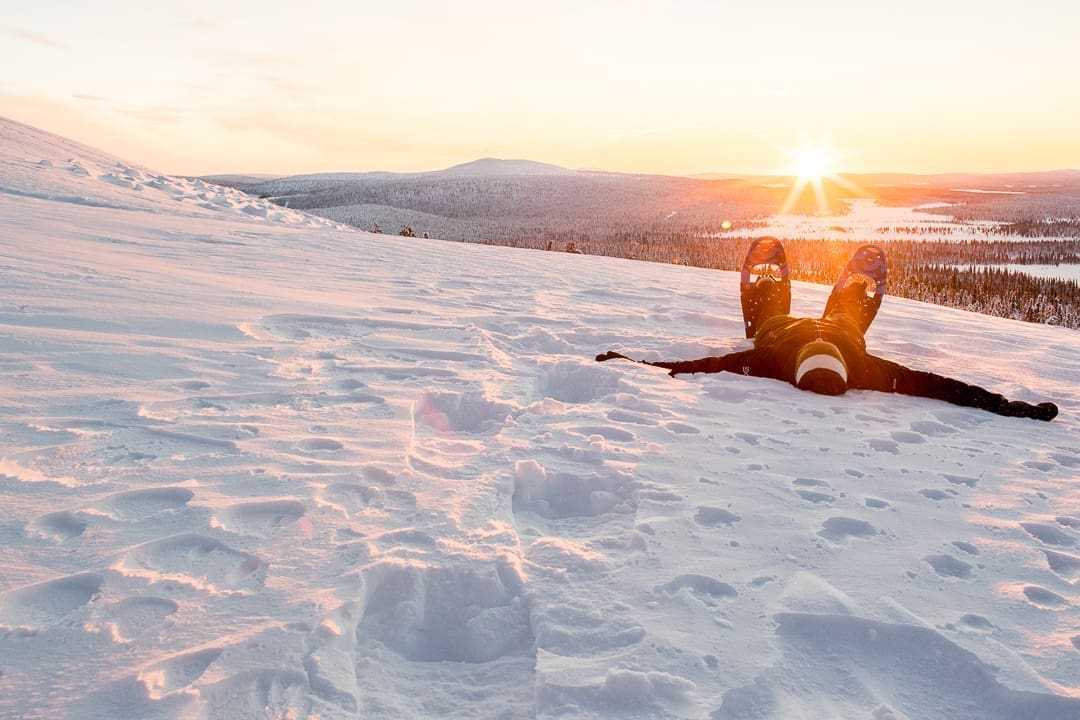The Northern Lights, or Aurora Borealis, are one of nature’s most mesmerizing phenomena. Many travelers dream of witnessing this celestial ballet, but a common question arises: Are the Northern Lights visible all year round? This article aims to provide a comprehensive answer to this question, shedding light on the best times and conditions for viewing the Northern Lights.
Understanding the Northern Lights
The Northern Lights are caused by interactions between solar particles and the Earth’s atmosphere. When charged particles from the sun collide with oxygen and nitrogen in the Earth’s atmosphere, they create dazzling displays of light. These lights are most commonly green but can also appear in shades of red, yellow, blue, and violet.
These interactions are influenced by solar activity, which follows an 11-year cycle. During periods of high solar activity, the Northern Lights are more frequent and intense. However, this does not mean they are visible every night, as other factors such as weather and daylight also play crucial roles.
Seasonal Visibility
While the Northern Lights can technically occur at any time of the year, their visibility is highly dependent on the darkness of the night sky. In regions like Lapland, the summer months bring the Midnight Sun, where the sun does not set, making it impossible to see the Northern Lights. Therefore, summer is not an ideal time for aurora hunting.
The best times to view the Northern Lights are during the darker months, from late September to early April. During these months, the nights are long and dark, providing optimal conditions for aurora sightings. Statistically, the chances of seeing the Northern Lights are higher during the equinoxes in March and September due to increased geomagnetic activity.
Geographical Factors
The location also plays a significant role in the visibility of the Northern Lights. The auroral oval, a ring-shaped zone around the magnetic poles, is where auroras are most frequently observed. Lapland, located in the northernmost part of Finland, lies within this auroral oval, making it one of the best places in the world to witness the Northern Lights.
In Lapland, the probability of seeing the Northern Lights on a clear, dark night is approximately 50-75%. This probability decreases as you move southward. For instance, in central Finland, the chances drop to about 25%, and in southern Finland, it is around 10%.
Weather Conditions
Clear skies are essential for viewing the Northern Lights. Cloud cover can obstruct the view, making it impossible to see the auroras even if they are active. Therefore, checking the weather forecast is crucial before planning an aurora hunting trip.
Additionally, light pollution from cities and towns can diminish the visibility of the Northern Lights. For the best experience, it is advisable to find a dark, open area away from artificial lights. This is why many aurora tours take you deep into the wilderness, where the skies are darkest.
Real-Time Aurora Forecasts
Advancements in technology have made it easier to predict and track auroral activity. Websites and apps provide real-time information on geomagnetic activity, which is closely linked to aurora occurrences. By monitoring these forecasts, you can increase your chances of witnessing the Northern Lights.
For instance, when the geomagnetic activity reaches a certain threshold, it becomes highly probable that auroras will be visible, weather permitting. This real-time data allows aurora hunters to be more strategic in their planning and increases the likelihood of a successful sighting.




